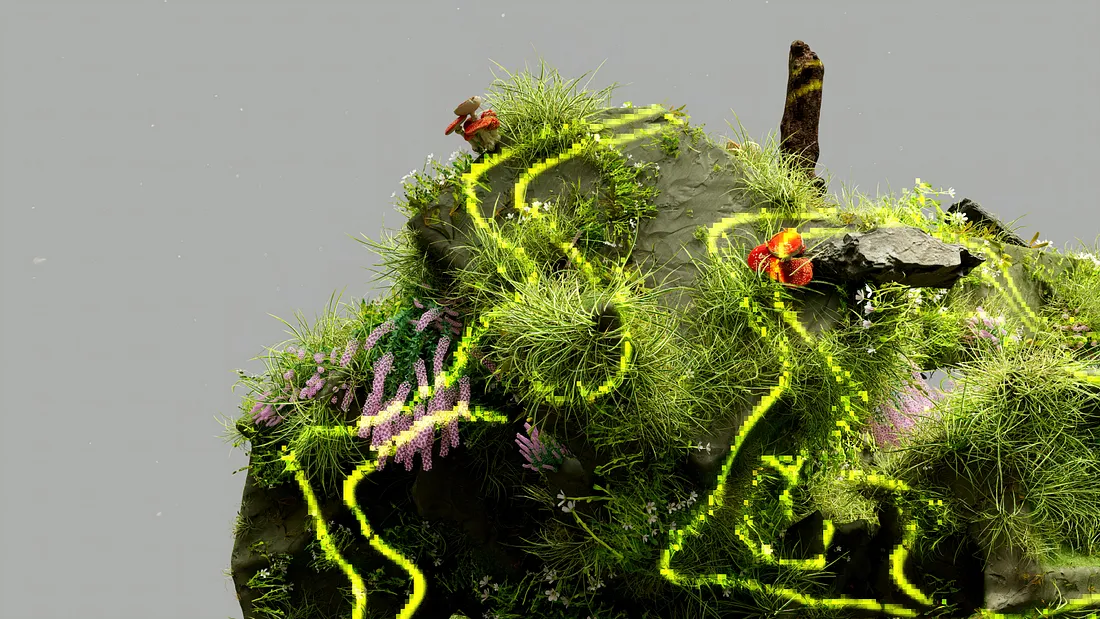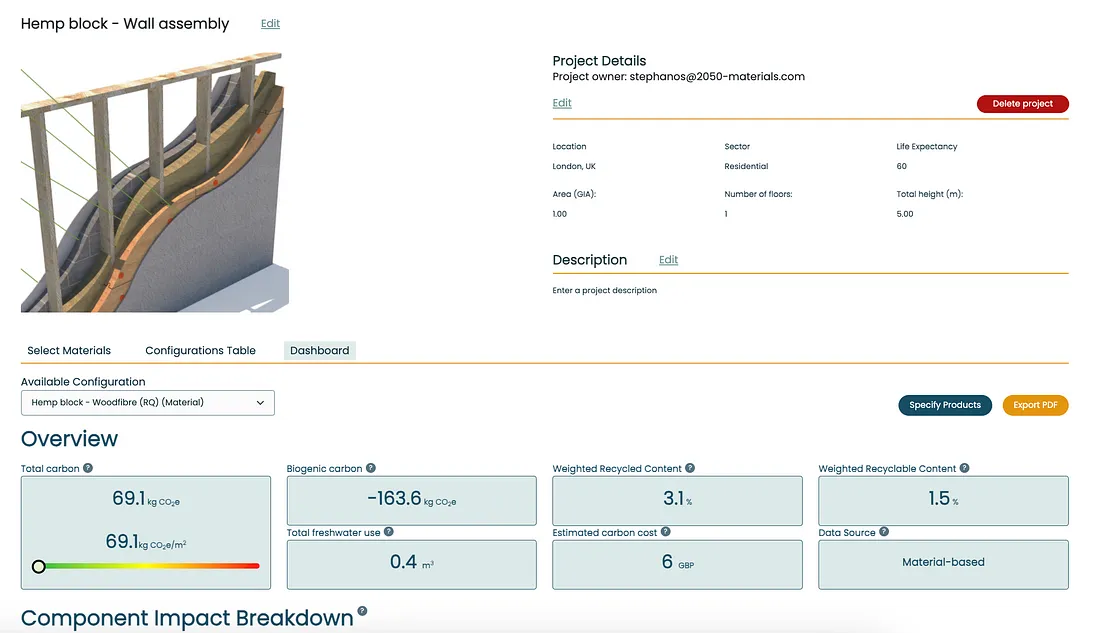Is Supply Chain Transparency Moving Toward Embodied Biodiversity?

Image from Pexels
The Emergence of Embodied Biodiversity in Supply Chains
As the corporate world intensifies its focus on reducing carbon footprints and enhancing supply chain transparency, a new concept is emerging — embodied biodiversity. This approach examines the impact of products and materials on global biodiversity, potentially paving the way for a new frontier in sustainable business practices.
From Carbon to Biodiversity: Expanding the Scope of Environmental Accountability
Over the past decade, businesses have increasingly adopted measures to reduce carbon emissions and ensure the sustainability of their supply chains. However, the focus has largely been on carbon, with less attention paid to other environmental impacts, such as biodiversity loss. Biodiversity is crucial for ecosystem health and resilience, and its decline has far-reaching consequences. The concept of embodied biodiversity seeks to address this gap by assessing the impact of supply chains on the world’s ecosystems, much like how embodied carbon measures the carbon footprint of a product throughout its lifecycle.
Understanding Embodied Biodiversity: What It Is and Why It Matters
Embodied biodiversity refers to the total impact that a product or service has on global biodiversity throughout its lifecycle — from raw material extraction to disposal. This includes habitat destruction, species extinction, and ecosystem degradation associated with the supply chain. By quantifying these impacts, businesses can gain a clearer understanding of how their operations contribute to biodiversity loss, and subsequently, take steps to mitigate these effects.
As businesses begin to explore this concept, the role of technology and data becomes critical. Advanced tools and platforms like app.2050-materials.com are emerging to help measure and manage biodiversity impacts across supply chains. These technologies enable companies to gather accurate data and gain insights into how their operations affect ecosystems globally.

Sign up to the 2050 Materials platform for accurate data and better insights
The Importance of Measuring Biodiversity in Supply Chains
Biodiversity loss is a critical issue that intersects with various environmental challenges, including climate change, deforestation, and pollution. However, unlike carbon emissions, which can be quantified and managed through tools like carbon footprint calculators, biodiversity impacts are more complex and less tangible. By developing metrics to measure embodied biodiversity, companies can better understand and address the full spectrum of their environmental impacts. This not only supports biodiversity conservation efforts but also enhances supply chain resilience by ensuring that ecosystems continue to provide essential services, such as pollination and water purification.
A growing number of companies are beginning to take steps in this direction. For instance, several leading corporations have started integrating biodiversity metrics into their sustainability reports, setting a precedent for industry-wide adoption. These early adopters demonstrate that it is possible to balance business needs with ecological stewardship.
Challenges and Opportunities: Implementing Embodied Biodiversity Metrics
Integrating embodied biodiversity into supply chain management presents several challenges. Measuring biodiversity impacts is inherently complex, given the interconnectedness of ecosystems and the difficulty in quantifying ecosystem services. Furthermore, existing data on biodiversity is often fragmented or incomplete, making it challenging to develop accurate metrics. However, these challenges also present opportunities for innovation. For example, the upcoming Biodiversity Net Gain legislation in the UK mandates that, by early 2024, developers must ensure at least a 10% improvement in biodiversity on development sites. This regulatory requirement underscores the growing importance of biodiversity in business practices, pushing companies to pioneer new approaches to biodiversity measurement and management, setting a precedent for the industry.
 Additionally, the role of data and technology cannot be understated in overcoming these challenges. The development of sophisticated tools that track biodiversity impacts will be essential for businesses to meet new regulatory requirements and achieve meaningful biodiversity gains.
Additionally, the role of data and technology cannot be understated in overcoming these challenges. The development of sophisticated tools that track biodiversity impacts will be essential for businesses to meet new regulatory requirements and achieve meaningful biodiversity gains.
One example is The Americas Biodiversity Metric 1.0 which is a free biodiversity quantification tool that assists businesses and organizations in achieving their sustainability objectives, which include no net loss of biodiversity, net gain of biodiversity, and transitioning to a more nature-positive state.
A New Paradigm for Sustainability: The Future of Embodied Biodiversity in Business
As businesses continue to evolve in their approach to sustainability, embodied biodiversity could become a key consideration in supply chain transparency. By incorporating biodiversity impacts into their decision-making processes, companies can not only mitigate risks but also contribute to global conservation efforts. This shift could lead to a more holistic approach to sustainability, where the health of ecosystems is recognized as integral to long-term business success.
To successfully integrate embodied biodiversity into business practices, companies must not only respond to regulatory changes but also proactively engage in conservation efforts. This involves leveraging technological innovations, collaborating with environmental experts, and committing to transparency in their biodiversity impacts. By doing so, businesses can lead the way in creating a more sustainable and biodiverse future.
Businesses are now at a crossroads where they can choose to either continue with traditional practices or pioneer a new path that prioritizes both profit and planet. By adopting embodied biodiversity metrics and aligning with legislative frameworks like the UK’s Biodiversity Net Gain, companies can ensure they are not only compliant but also leaders in sustainability. The time to act is now — integrating biodiversity into supply chains is not just an opportunity but a necessity for the future.
Embodied Biodiversity as a Catalyst for Sustainable Innovation
The concept of embodied biodiversity represents a significant step forward in the quest for comprehensive supply chain transparency. As businesses begin to embrace this approach, they have the potential to drive meaningful change, fostering both environmental stewardship and economic resilience. By prioritizing biodiversity alongside carbon, companies can lead the way in creating a more sustainable future for all.
Interested in knowing more about the topic and learning how to measure biodiversity value and foster a future that is nature positive? Check out this article.
Related articles

Climate-Resilient Materials for the Built Environment: A Data-Centred Prime
As climate volatility intensifies, resilience metrics are fast becoming as critical as carbon data in material selection. This article outlines why adaptation is now a design imperative, how materials can be evaluated through a systems lens, and what KPIs project teams should demand. From self-healing concrete to fire-rated façades, we present a structured taxonomy of resilient materials, explain how to embed this intelligence into digital design workflows, and propose next steps for specification, benchmarking, and procurement.
Read more
The Most Interesting Low Carbon Products in Office Design
In this article and collection, we highlight 11 outstanding products that contribute to a lower carbon footprint in office design.
Read more
Top Low Carbon Building Boards: Performance, Benefits, and Use Cases
The building boards highlighted in this article and collection showcase low-carbon innovation in modern construction.
Read more